

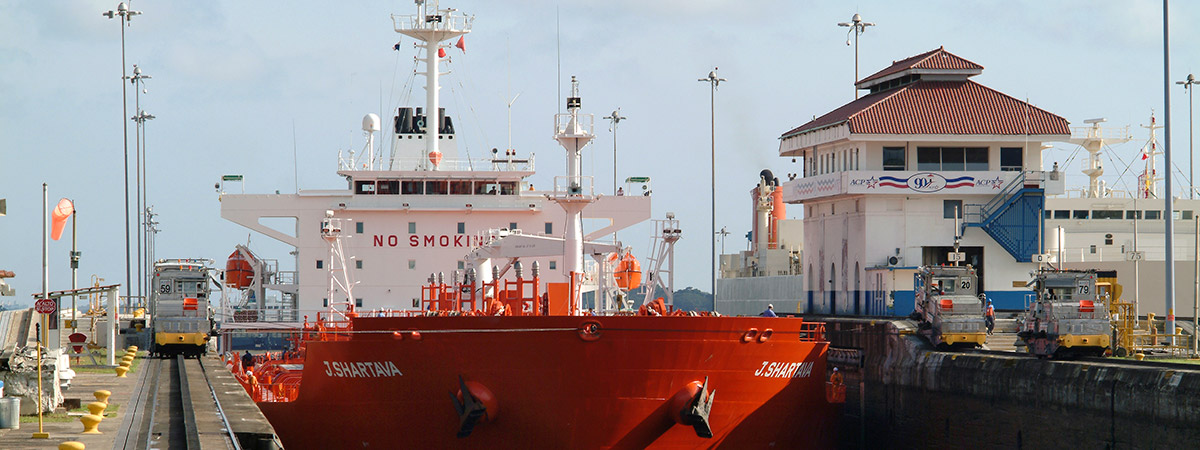
panama canal cruises panama canal transit tours
The Panama Canal Transit Tour lasts approximately 5-6 hours and includes a partial transit through the canal. If I had to pick one excursion, this would be it, especially if your cruise ship is not conducting a full or partial transit. Likewise, this tour is probably not your best option if your vessel is transiting the canal, as it is unlikely you will see something on this excursion that you can't see from aboard your cruise ship.
These tours typically depart from Flamenco Island and transit northbound and include a trip under the Bridge of the Americas, through Miraflores and Pedro Miguel Locks, through Gaillard (Culebra) Cut, under the Centenary Bridge, and on to Gamboa, where you will disembark. On those rare occasions when your tour consists of a southbound transit, you will begin your tour in Gamboa and proceed in reverse order. It depends on where and when you disembarked and your ship's departure schedule.
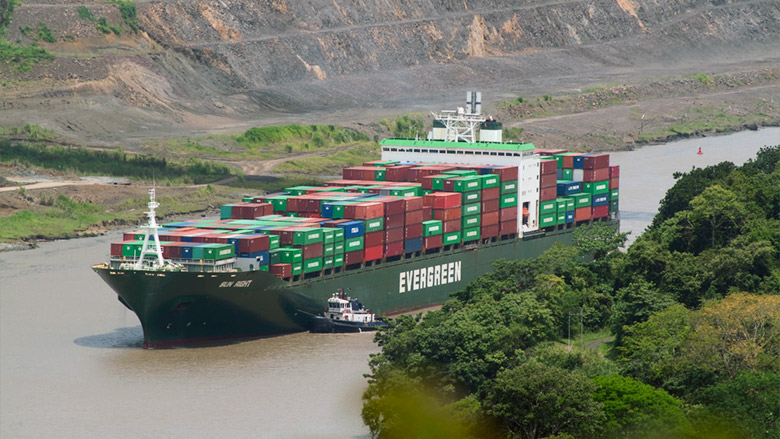
Panama Canal Transit Tour – taken from atop Cerro Luisa Hill, this commercial vessel, accompanied by a tug boat on its port side, departs from the famous Gaillard (Culebra) Cut and will soon enter Pedro Miguel Locks. The Panama Canal Transit Tour passes through this portion of the canal. Most often, they transit northbound.
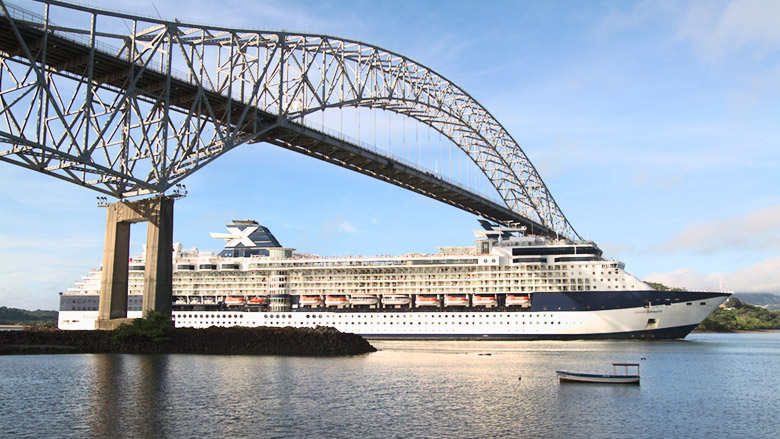
Panama Canal Transit Tour – the cruise ship "Infinity" is sailing under the Bridge of the Americas en route to Miraflores Locks during its early morning, northbound transit.
The initial portion of your excursion is somewhat uneventful as you depart the marina and proceed towards the Bridge of the Americas. It is an opportune time to find your place, get accustomed to the vessel, and meet fellow passengers. You will have lots to see once you reach the bridge and during the remaining portion of your tour.
Without question, the highlight of your transit will be when you are approaching, entering, and departing from the locks. You will have a close-up view of the tugboats and locomotives, see the chamber doors open and close, and feel the vessel seesaw back and forth while being lifted or lowered inside the chamber. It's unlike anything you have ever experienced before.
It's important to remember that transit vessels are relatively small compared to most commercial vessels, so it is unlikely you will enter the lock chamber unaccompanied; that would only happen if canal traffic were abnormally slow. Instead, it is more likely that you will share the chamber with another vessel, in which case, your transit vessel will be proceeded by a larger ship.
After clearing the bridge, your trip will proceed northbound towards Miraflores Locks, just 20-30 minutes away. Depending on the transit schedule and canal traffic, your vessel will likely need to pause before entering the lock chamber. During the wait, you'll have ample time to photograph the locks and their surroundings, transiting vessels, tugboats, and canal personnel.
After your vessel has been raised and departs from the locks' two chambers, which takes approximately 55-60 minutes to complete, you will cross Miraflores Lake en route to Pedro Miguel Locks. Immediately off to the right, you should see Miraflores Dam, despite being the smallest of the canal's three dams.

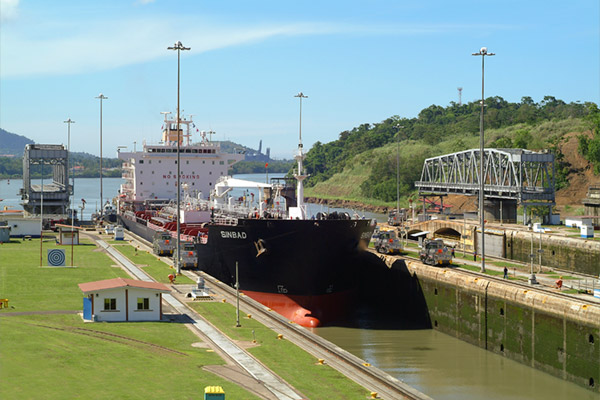
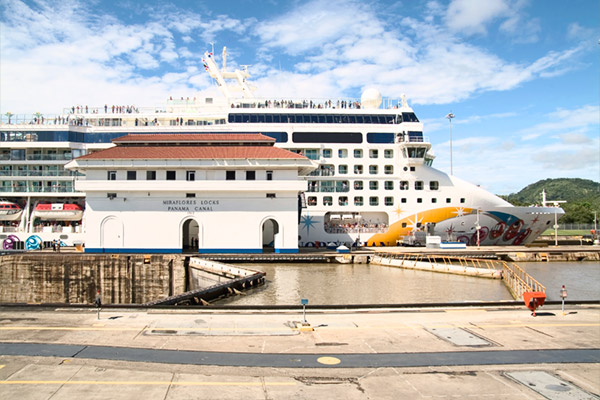

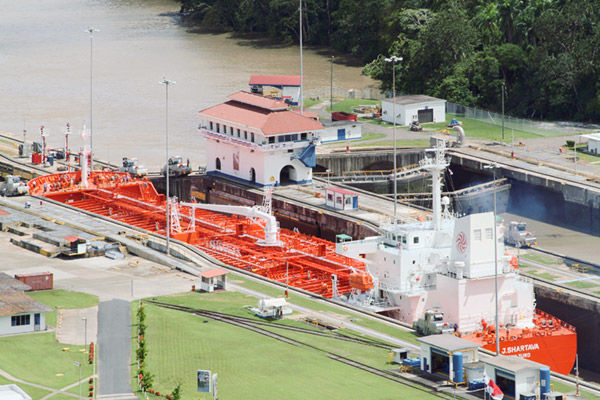
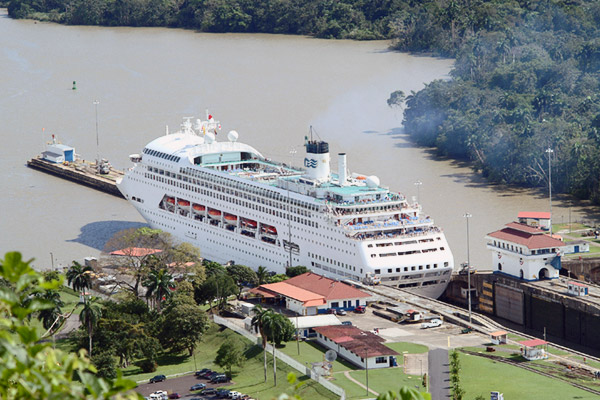
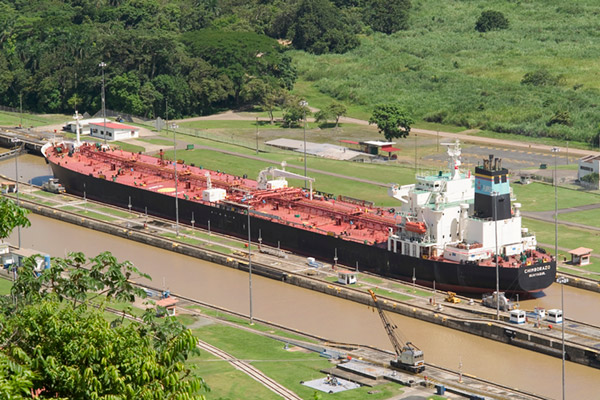
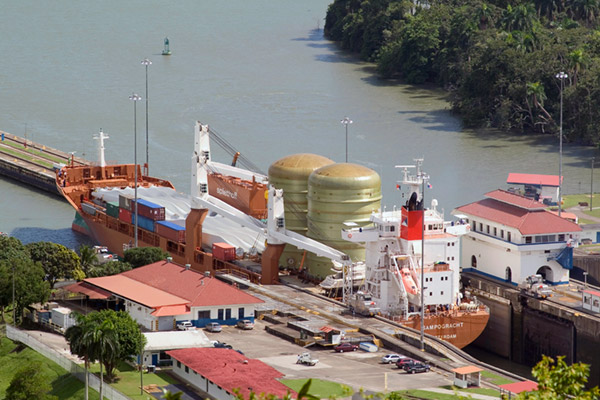
Upon reaching Pedro Miguel Locks, you'll repeat the same process, except this time in just 40-45 minutes; Pedro Miguel Locks has only one chamber, whereas Miraflores has two. When the chamber doors open and your vessel departs Pedro Miguel Locks, you will have reached the height of Gatun Lake, 85 ft. above sea level. I took these pictures from Luisa Hill, which resides east of the locks and offers panoramic views of Miraflores Locks, Miraflores Lake, Pedro Miguel Locks, and the southernmost section of Gaillard Cut.
Then, your tour will proceed under the Centenary Bridge and into the famous Gaillard (Culebra) Cut, a narrow sliver of waterway that carves through the Continental Divide. Stretching 8 miles (13 km) in length, Gaillard Cut culminates in Gamboa. Generally speaking, there is little to see in the Cut, but it is one of the canal's most important landmarks and exciting to experience.
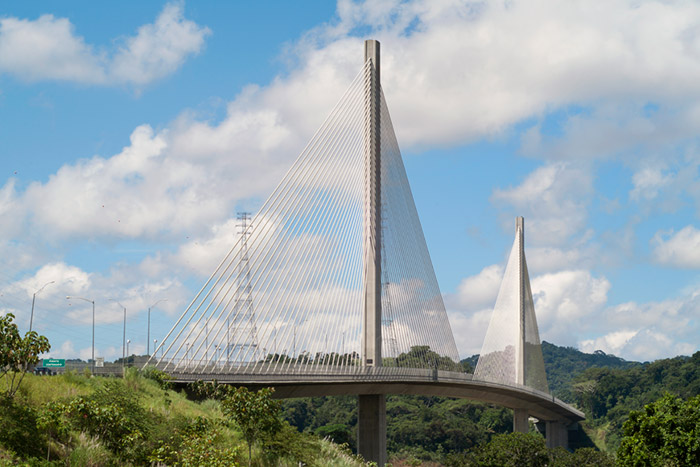
Centenary Bridge — inaugurated in 2004, the Centenary Bridge became the second permanent bridge built to cross over the canal. It resides just north of Pedro Miguel Locks and marks the entrance to and departure from Gaillard (Culebra) Cut.
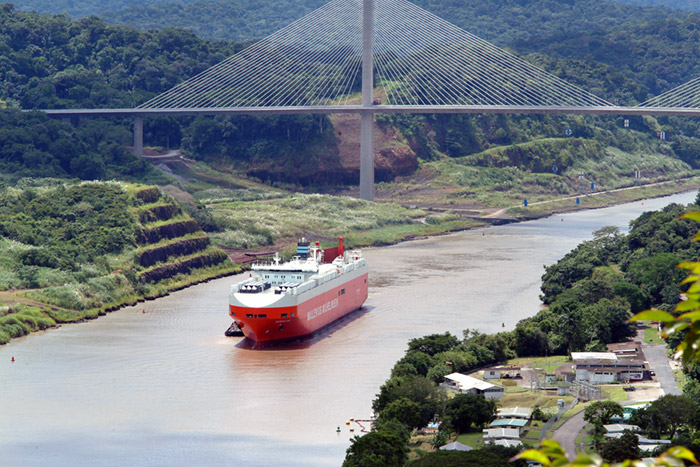
Gaillard Cut — this southbound car carrier has passed under the Centenary Bridge and will soon arrive at Pedro Miguel Locks. Accompanied by a tug boat on its starboard side, the vessel will enter the west lane.
If partaking in a partial transit, you will disembark in Gamboa. From there, buses will bring you to your next destination or the port for departure. If your excursion consists of a complete/full transit, your vessel will continue northbound en route to Barro Colorado Island, Gatun Lake, and Gatun Locks.
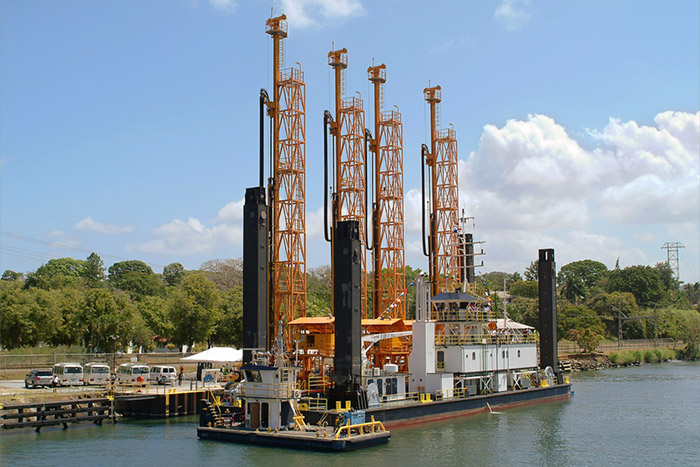
Panama Canal Transit Tour – I took this photograph in Gamboa of the Panama Canal Dredging Division, near where you will disembark/embark.
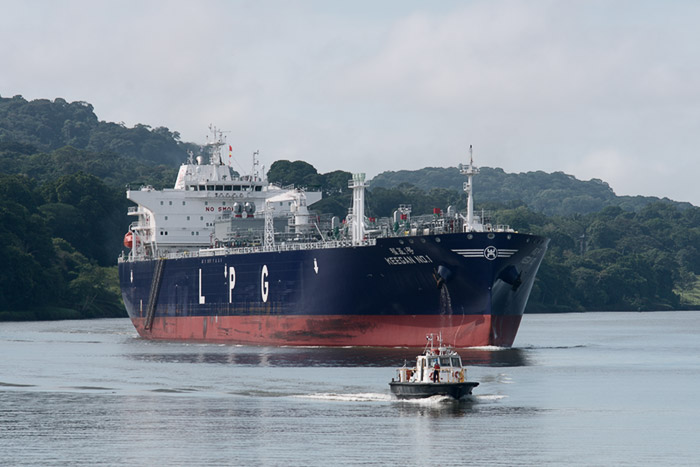
Panama Canal Transit Tour – this northbound commercial ship, accompanied by a Panama Canal auxiliary vessel, is departing Gaillard Cut and nearing the Gamboa bridge.
Photographic opportunities abound. A wide-angle zoom (15-60mm) and medium telephoto (70-200mm) are all you need.
In addition to scenic photos, the wide-angle lens will be handy when nearing and inside the locks. There is little room inside the lock chambers, especially if your tour vessel shares a chamber with a large commercial ship. Close-ups of the chamber doors, tug boats, control tower, and electric locomotives will require a wide-angle lens once you reach the locks. On the other hand, a long lens will allow you to photograph those same subjects and more from a distance before your tour vessel arrives. There should be plenty of things to photograph.
It's best to position yourself towards the front to ensure an unobstructed view of the locks when approaching. But once inside the chamber, migrate to the back to photograph the closing chamber doors and control tower when departing. If your tour boat enters the lock chamber first, which is unlikely, you should get terrific pictures of the accompanying vessel as it enters behind you.
The tour boats are stable and safe but subject to climate conditions like every other vessel. Thankfully, the southern part of the canal is relatively narrow and shallow, so rough sea conditions are the exception. Cameras or lenses with built-in vibration reduction would be helpful but unessential. Likewise, camera support is unnecessary and will likely get in the way.